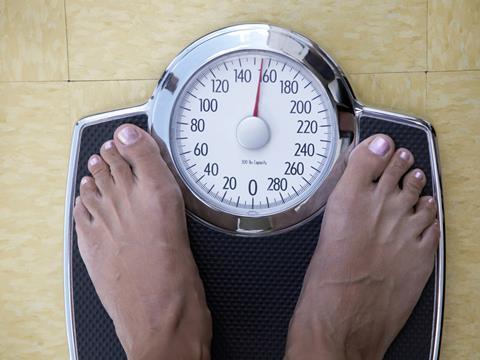
You have to hand it to the government and its health experts.
It is quite some achievement to have spent the best part of two years drawing up a Childhood Obesity Strategy only to produce a document that leaves all sides in the debate feeling almost equally underwhelmed.
If anything, the new government obesity plan (clearly downgraded from a strategy, according to the title) makes the failed Responsibility Deal appear well thought out and comprehensive in comparison.
If this 13-page document really was intended to have been David Cameron’s legacy, it’s probably just as well he quit earlier than expected and fed himself up on the beach.
As for Theresa May, such is her Olympic devotion to the cause, she has allowed the Treasury (note: as opposed to the Department of Health) to launch the strategy while she is off enjoying a break in the tax haven of Switzerland.
Speaking of tax, the soft drinks levy has ended up being not just a key component of today’s plans but arguably the only substantive one. As one drinks industry source puts it: “The strategy is the soft drinks levy. There is nothing else there.”
Ironically, health campaigners such as Action on Sugar have only in recent months come to embrace the levy. Always at the centre of their campaign was a call for a much more comprehensive programme of product reformulation, which would take the good work done by many retailers and suppliers and spread it much more widely and across an even playing field - covering not just supermarkets but restaurants, takeaways and other key contributors to childhood obesity.
As The Grocer revealed last week, soft drinks, for so long identified as the key contributor to sugar intake, are not even included in the plans for sugar reduction targets announced today. Ministers realised they could not hit the sector with a sugar levy and then also lump targets on top. So we end up with targets for reformulation that ignore this key sector altogether, although soft drink manufacturers have been at the front line of reformulation and had offered to commit to sweeping further reductions.
The government has also ignored the warning from the BRC that targets for sugar reduction will not work unless they are regulated and applied across all sectors. Today’s plan does nothing to tackle that uneven playing field. Instead it’s inevitable that it will be the same old contenders as in the Responsibility Deal that will respond to the “challenge” to take out sugar, while a long list of burger bars, kebab shops and other junk food establishments do nothing.
Whilst PHE will collect data independently and more frequently (every six months) than under the RD, the targets also fly in the face of years of work on overall calorie reduction. Instead, the zeal with which a war has been waged on sugar is such that public policy is no longer opposed to HFSS food. It’s now focused on just one element - sugar. Or HS if you like.
Only in 2017 will PHE start to even look at further measures on all-round calorie reduction, whilst the huge amount of work that many companies had committed to under the RD remain in a vault marked ‘responsibility of the previous government’.
After all the endless delays - which had more to do with political timing rather than health - we are left with a package of measures that could have been tackled two years ago, when surely such a programme of sugar reduction could have been negotiated with the industry without starting all over again.
Before the COP was unveiled, the food and drink industry had already launched a concerted plan to Can the Tax and there is no doubt that evidence on how successful taxation will be is flimsy at best, even if you don’t believe the campaign’s prediction of thousands of job losses and soaring prices for the poorest consumers.
Indeed, many backbenchers regard the tax as just the sort of nanny state policy the government should be avoiding and with national newspapers including The Sun already campaigning against it, a repeat of the pasty tax u-turnis not an impossibility.
Still, that would be an extraordinary state of affairs given how watered down the rest of the plan now looks. And it is surely unthinkable for the government to do a u-turn on the levy now. The other measures in the obesity plan aside from the tax and targets are largely around the importance of having more exercise in school. These are commendable measures in themselves - and the document even sought to link the moves with Team GB’s success - but again could have been done years ago. It’s blindingly obvious that getting youngsters fitter and more active is going to help in the drive against obesity, no matter what some in the health sector say, but this is not really what the obesity plan was supposed to be looking at.
At the end of the day, it’s not just ministers that have been made to look impotent, either. PHE chief executive Duncan Selbie may put on a brave face in describing the plan as “the first step on the long road to tackling childhood obesity” but in effect ministers have largely ignored PHE’s sugar reduction recommendations following the SACN report because they were politically and commercially unachievable.
PHE claimed a clampdown on junk food promotions in store was the number one priority for the government to tackle, ignoring the fact that supermarkets had vowed never to sign up to what they claimed were anti-competitive moves to ban promotions on certain foods. It also ignored the fact that healthy food has probably never been cheaper on the supermarket shelves.
For similar reasons on competition - and driven by a fear that it could end up facing legal challenges from a whole plethora of food and drink manufacturers – the government has ditched any talks of mandatory measures (aside from the sugar levy), which will be widely welcomed across the industry.
But that does not excuse the lack of vision in today’s document.
There are some other vague promises of further action, such as a pledge from the government on making it easier for shoppers to find healthy choices, including plans for clearer labelling, which ‘could’ include a new scheme to market products with a new symbol using teaspoons of sugar.
It blames the EU for the confusion over its existing traffic lights scheme, ignoring the fact that the EU allowed it. And it is not the system but the terrible lack of government support for it that is surely to blame. It doesn’t really get much simpler than green, amber and red (for sugar, fat and salt) yet the DH left it to the industry - and the at times juvenile - PHE Change4Life campaign to let consumers know it was there and how it related to the diets they should be following.
Instead PHE became obsessed with its anti-sugar app (again tackling just one element of the nutrition equation) a nice gimmick but a distraction (not least because it was full of glitches and inaccuracies) and it was hardly the priority needed for a comprehensive and workable sugar reduction strategy as part of a wider approach to nutrition advice on all-round calories, that would have some chance of seeing the light of day.
One thing certain from events of the last 24 hours is that, despite the key role being given to the sugar tax he campaigned for, we will at least be spared the sight of Jamie Oliver doing his pneumatic drill impression on St Stephen’sGgreen in wild celebration.
Jamie and co may have succeeded in getting their tax but they have got little else they were after, and he was demonstrably shocked at the outcome on Twitter this morning.
On the other hand, the watered-down measures announced will ensure that Jamie and the health lobby will remain a thorn in the government’s side.
But what about the industry? Yes, campaigners will argue it got off lightly, and for those companies who feared a document that would bring with it mandatory measures on promotions, reformulation, advertising and sponsorship, today’s announcements are being seen as a victory.
But for those many companies serious about health who wanted evidence of a joined-up government strategy to help tackle the obesity crisis, there is genuine disappointment there too.








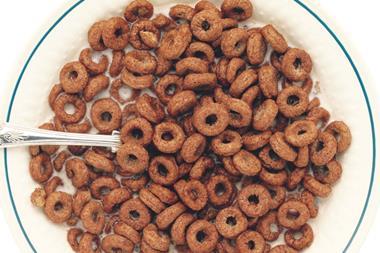
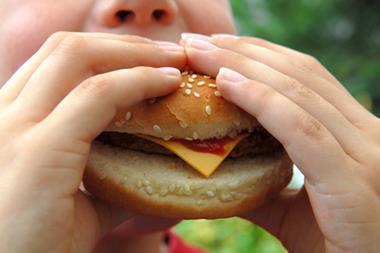
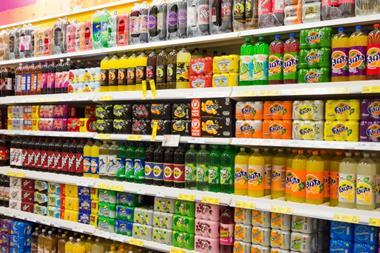
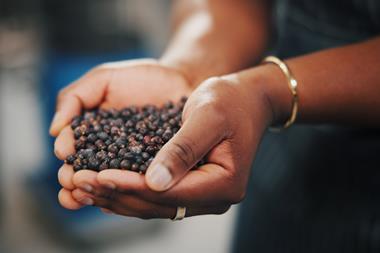







No comments yet